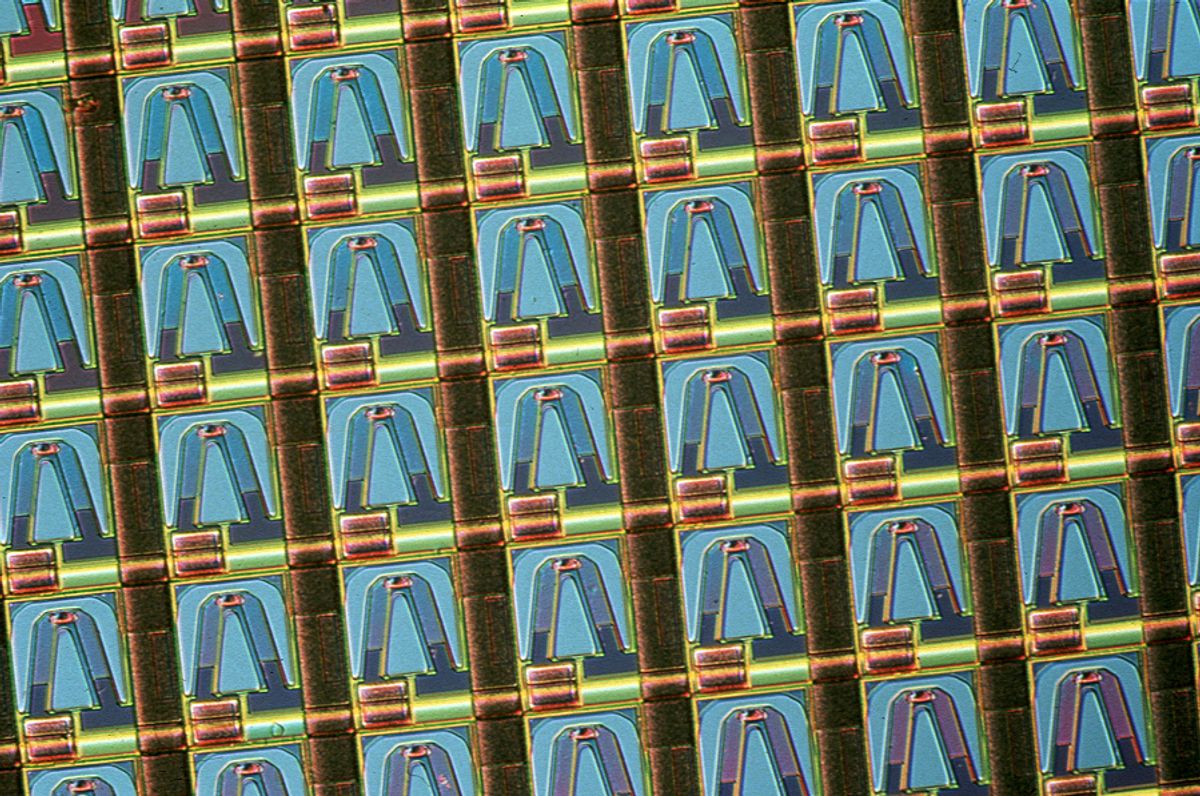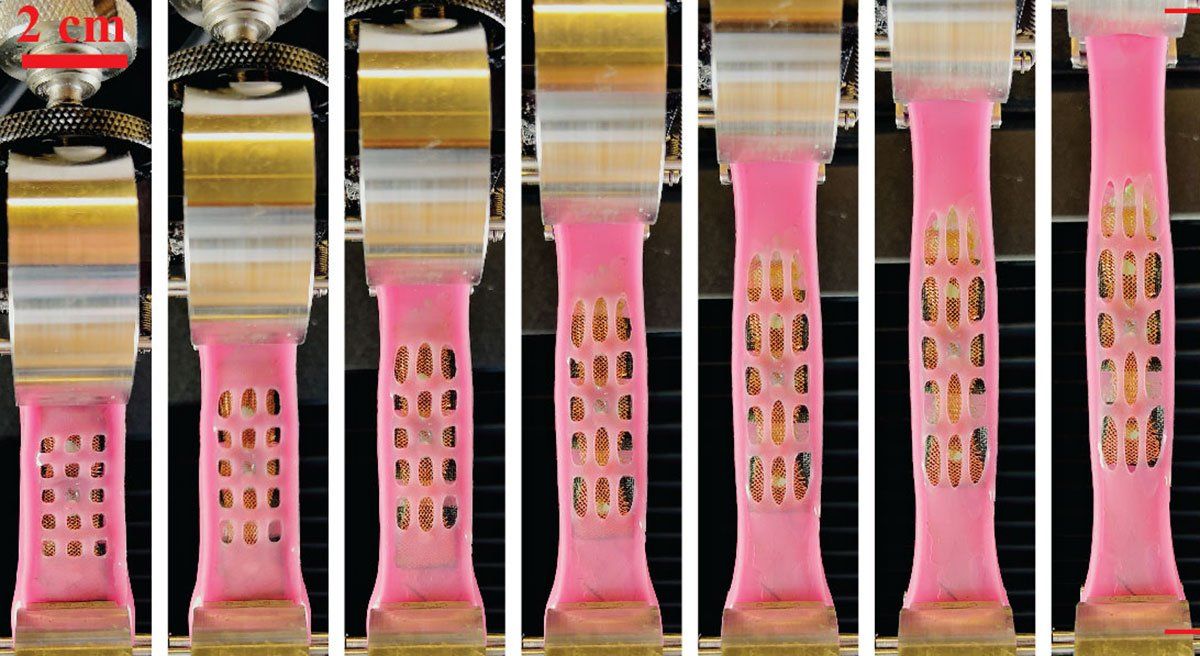Last year, thanks to Twitter, I came upon a blog penned by Ira Feldman who was providing coverage of the IEEE San Francisco Bay Area Nanotechnology Council Sixth Annual Symposium.
If there are positives to social networking this is certainly one of them where knowledge that would otherwise be in a silo for just those who attended the conference can actually be shared with a larger community. I hope more conference attendees start to make this a practice.
Mr. Feldman has provided coverage once again of this year’s IEEE San Francisco Bay Area Nanotechnology Council annual symposium.
In particular Feldman has given us an analysis of the keynote speaker’s, Dr. Spike Narayan, Functional Manager at IBM, address: “Nanotechnology: Leveraging Semiconductor Technologies to Address Global Challenges.”
According to Feldman, the presentation asked the question “can we leverage semiconductor technology to address global challenges of environment, energy, healthcare, and water?”
If the recent collaborative work between IBM and the Institute of Bioengineering and Nanotechnology in Singapore in using the body of knowledge that had been accumulated in polymer building blocks for creating nanoparticles and then applying it to creating a drug the fights drug-resistant bacteria, then the answer is a resounding ‘yes’.
One of the examples Narayan apparently provided for “where semiconductor knowledge is indeed transferable to these other domains” is in the area of disk drives, with Feldman offering the IBM Millipede project as the most advanced example.
Although touted as the next step in mobile memory devices, it soon became rarely mentioned and most everyone suspected that it fell victim to the cheap and increasingly capable qualities of flash memory.
So, last week during the press conference with Gerd Binnig and Heinrich Rohrer an intrepid journalist (not me) dared ask about the fate of the IBM Millipede project. I took a gulp and waited for the reply.
Binnig, who had been a champion of the technology, remained unapologetically supportive of the technology but did hand off the particulars of Millipede’s fate to Dr. Paul Seidler, Coordinator the new Nanotechnology Center at IBM Research in Zurich to explain more thoroughly.
And just as many suspected, the IBM Millipede project in its original form of creating a mobile storage device is no longer, but instead lives on various other research projects within IBM. At least in the nanotechnology side of things, IBM Millipede has found its niche in probes for lithography.
Below is Dr. Seidler’s full response.

Getting back to Ira Feldman, he has wonderfully led us to an archive for all the presentations from the IEEE San Francisco seminar and they can be found here.
Dexter Johnson is a contributing editor at IEEE Spectrum, with a focus on nanotechnology.



